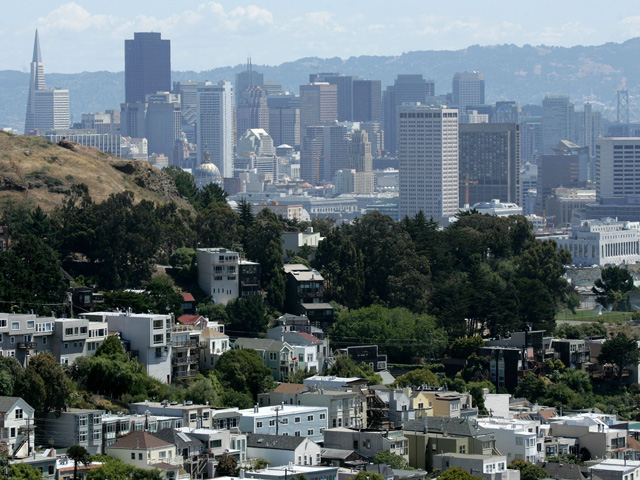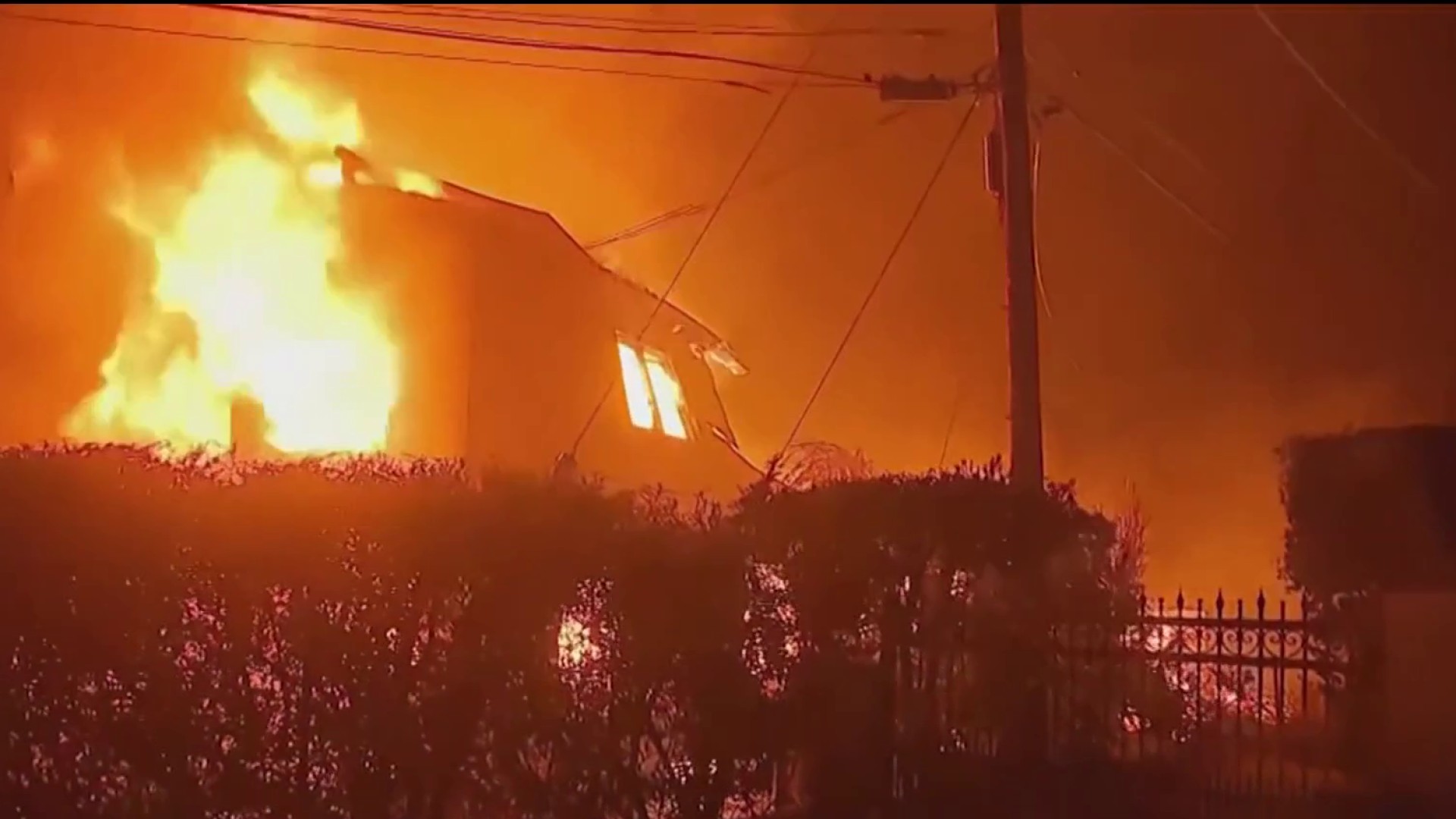An independent report commissioned by San Francisco building officials has concluded that nearly all of the 31 high-rise window failures reported during March’s windstorms actually occurred well before the heavy winds.
The report separately calls for more frequent and rigorous inspections and reporting requirements to better protect public safety.
Janney, Elstner Associates, Inc., an Emeryville firm with expertise in glass and windows, concluded that wind was not the root cause of the broken windows, despite gusts of up to 77 miles per hour during two incidents in March. In some cases, the windows had already cracked due to heat-related stress. In others, the windows had defects previously found elsewhere in the buildings.
“This entire dynamic has to be changed and brought to the dawn of the middle of the 21st century,” said San Francisco Board of Supervisors President Aaron Peskin about the report’s recommendations, which he hopes will serve as a blueprint for revised city regulations.
Using photos and video evidence, the consulting firm found that the first window to fail – one that broke free between the 13th and 14th floors of the former Bank of America Building at 50 California Street -- had suffered prior cracking damage due to heat stress. The report said the stress was likely the product of temperature variations between the center and the corner of the window, possibly due to contact with insulation.
The cracking would not be visible from the inside, however, because the glass was used to span the gaps between floors. Cracking would only show up during an exterior inspection, the report notes.
The report indicates it was flying glass from the 50 California St. building that likely struck windows down the block at 580 California. One window there showed cracking, but did not fail outright.
The Investigative Unit
Have a tip for The Investigative Unit? Call 1-888-996-TIPS.
A second windstorm later in March triggered an equally-dramatic failure along Mission Street – when an open 49th floor window in the notoriously tilting Millennium Tower at 301 Mission broke free from its support arms, started to dangle and eventually shattered on the inside when it slammed against the tower. Pieces of glass from that impact, the report found, wound up flying across the street and hit and broke at least one window at the Salesforce East building. Falling glass from the first window break led to lower windows breaking on the way down, the report concluded.
The report concluded that a window in a building several blocks down at 1400 Mission likely failed sometime before the windstorm, possibly due to a manufacturing defect blamed for earlier sudden failures at that building, according to the report. The report said cracks likely predated the windstorms for two other buildings, one at 555 California and the other at 1390 Market Street. Heat stress is the suspected cause, the same mechanism that triggered the failure at the old Bank of America building.
Get a weekly recap of the latest San Francisco Bay Area housing news. Sign up for NBC Bay Area’s Housing Deconstructed newsletter.
“At the time, and still, it’s terrifying,” Peskin says of the string of window breaks and failures, which he hopes will inspire the Board of Supervisors to act quickly and implement changes. “This is fundamentally a life safety issue and we have a downtown full of high-rises -- whether they are vacant or full – we can’t have glass raining down on the people of San Francisco.”
Peskin says he wants to make sure the city’s building department acts to make sure owners follow through with existing regulations that require detailed inspections within two months of failures. Some buildings hit by failures discovered in March, he says, appear to have failed to perform follow up inspections after earlier incidents.
The current regulations require façade inspections every 10 years for most high-rises in the city, although those built after 1997 were exempt from initial inspections for 30 years. The city has already ordered that all the checks be done by 2027. Peskin says his proposal will separately require inspections every five years for buildings that have troubled histories or have glass spanning areas that are not visible from the interior.



